- Home
- About ANT
-
Products
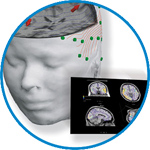
asa
asa is a highly flexible EEG/ERP and MEG analysis package with a variety of source reconstruction, signal analysis and MRI processing features.
.jpg)
eego mylab
The new frontier in multimodal brain research. With up to 16 kHz sampling rate, 256 EEG channels and unique software features, eego mylab gives you an unprecedented in-depth understanding of the human brain.

eego sports
eego sports offers complete freedom to collect high-density EEG data, bipolar EMG signals, and a variety of physiological sensor data, wherever and whenever required, with publish quality data in less than 15 minutes!

waveguard net
The waveguard net sets a new standard for research applications requiring high-density EEG data acquisition with quick preparation time, high flexibility, and subject comfort.
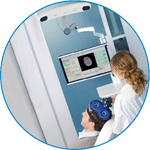
visor2
Our new and upgraded visor2 solutions integrate all the latest technologies for navigated rTMS, dual-coil navigation support, EEG-TMS recordings and pre-surgical evaluation for the highest quality in research and clinical procedures.

powerMAG ANT
The PowerMAG ANT 100 rTMS stimulator is designed for the specific needs of high-end TMS applications. Powerful high-frequency TMS as well as high precise single pulse and repetitive pulse protocols are combined in one single device.
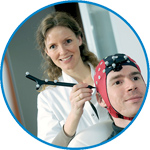
xensor
xensor offers the solution for digitization of 3D electrode positions. xensor takes care of the whole procedure; it records, visualizes and stores positions acquired with a dedicated digitizer.
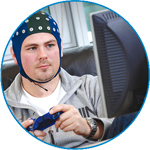
waveguard original
waveguard original is the cap solution for EEG measurements compatible with fMRI, MEG and TMS system. Use of active shielding guarantees performance in even the most demanding environments.

waveguard connect
waveguard connect EEG caps are a perfect match for hospitals and institutes aiming at reliable EEG, maximum uptime and great patient comfort! For optimal signal quality, the electrodes are made of pure, solid tin.
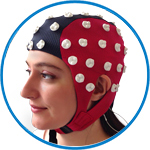
waveguard touch
waveguard touch is a dry electrode EEG cap. The unique Ag/AgCl coated soft polymer electrodes provide stable, research-grade EEG signals while maintaining subject comfort. The combination of these innovative dry electrodes and the industry-leading waveguard cap makes waveguard touch the best solution for dry EEG.
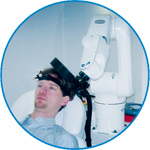
smartmove
smartmove allows planning of a complete TMS session ahead by defining stimulation sites based on anatomical MRI information and functional information like fMRI, PET or EEG/MEG.
Stay - References
- Support
- Events
- News
- Contact Us
You are here
Novel Multipin Electrode Cap System for Dry Electroencephalography
Novel Multipin Electrode Cap System for Dry Electroencephalography
Current usage of electroencephalography (EEG) is limited to laboratory environments. Self-application of a multichannel wet EEG caps is practically impossible, since the application of state-of-the-art wet EEG sensors requires trained laboratory staff. We propose a novel EEG cap system with multipin dry electrodes overcoming this problem. We describe the design of a novel 24-pin dry electrode made from polyurethane and coated with Ag/AgCl. A textile cap system holds 97 of these dry electrodes. An EEG study with 20 volunteers compares the 97-channel dry EEG cap with a conventional 128-channel wet EEG cap for resting state EEG, alpha activity, eye blink artifacts and checkerboard pattern reversal visual evoked potentials. All volunteers report a good cap fit and good wearing comfort. Average impedances are below 150 kΩ for 92 out of 97 dry electrodes, enabling recording with standard EEG amplifiers. No significant differences are observed between wet and dry power spectral densities for all EEG bands. No significant differences are observed between the wet and dry global field power time courses of visual evoked potentials. The 2D interpolated topographic maps show significant differences of 3.52 and 0.44% of the map areas for the N75 and N145 VEP components, respectively. For the P100 component, no significant differences are observed. Dry multipin electrodes integrated in a textile EEG cap overcome the principle limitations of wet electrodes, allow rapid application of EEG multichannel caps by non-trained persons, and thus enable new fields of application for multichannel EEG acquisition.
See download here.
References:
1 Institute of Biomedical Engineering and Informatics, Technische Universität Ilmenau (Germany)

 Read more
Read more.jpg)




